Rise of Citizen Developers
The emergence of citizen developers is reshaping the landscape of the low code-development-platform market. These are non-technical users who leverage low code tools to create applications that meet their specific needs. This trend is empowering employees across various departments, such as marketing and operations, to contribute to application development without extensive programming knowledge. As organizations embrace this democratization of development, the low code-development-platform market is likely to expand further. It is estimated that by 2025, citizen developers could account for over 60% of all application development activities within enterprises. This shift not only enhances productivity but also fosters innovation, as employees can quickly prototype and iterate on solutions.
Integration with Legacy Systems
The integration of low code-development platforms with existing legacy systems is a crucial driver for the market. Many organizations face challenges in modernizing their IT infrastructure while maintaining operational continuity. Low code platforms offer a solution by enabling seamless integration with legacy systems, allowing businesses to leverage their existing investments while adopting new technologies. This capability is particularly valuable in industries such as manufacturing and logistics, where legacy systems are prevalent. As organizations seek to enhance their operational efficiency and agility, the low code-development-platform market is likely to benefit from this trend, with a projected increase in adoption rates among enterprises looking to bridge the gap between old and new technologies.
Emphasis on Enhanced Collaboration
Enhanced collaboration is becoming a key focus within the low code-development-platform market. As teams become more distributed and remote work becomes commonplace, the need for collaborative tools that facilitate communication and project management is paramount. Low code platforms are designed to support collaborative development, allowing multiple users to work on applications simultaneously. This capability not only streamlines the development process but also fosters a culture of teamwork and innovation. Data suggests that organizations utilizing collaborative low code platforms can improve project delivery times by up to 30%. As such, the low code-development-platform market is likely to see continued growth as businesses prioritize tools that enhance collaboration and drive efficiency.
Increased Focus on Cost Efficiency
Cost efficiency is a pivotal driver in the low code-development-platform market. Organizations are increasingly recognizing the financial benefits of adopting low code solutions, which can significantly reduce development costs. By enabling non-technical users to create applications, businesses can minimize reliance on expensive IT resources. This shift not only lowers operational costs but also allows for better allocation of budget towards innovation and growth. Reports indicate that companies utilizing low code platforms can achieve up to 50% savings in development costs compared to traditional methods. Consequently, the low code-development-platform market is positioned as a viable solution for organizations aiming to optimize their expenditure while maintaining high-quality application development.
Growing Demand for Rapid Application Development
The low code-development-platform market is experiencing a surge in demand for rapid application development. Organizations are increasingly seeking to accelerate their digital transformation initiatives, which necessitates the swift creation of applications. This trend is particularly pronounced in sectors such as finance and healthcare, where time-to-market is critical. According to recent data, the market for low code-development platforms is projected to grow at a CAGR of approximately 28% through 2026. This growth is driven by the need for businesses to respond quickly to changing market conditions and customer demands, thereby enhancing their competitive edge. As a result, the low code-development-platform market is becoming an essential component of modern software development strategies.


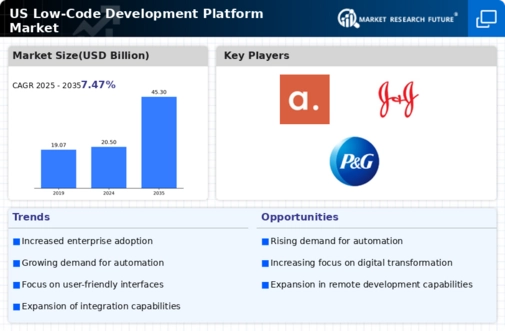
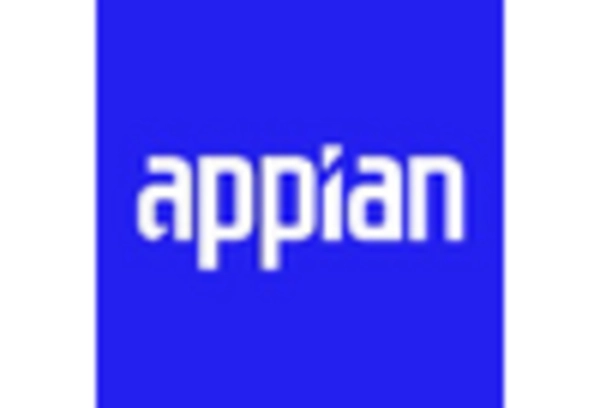
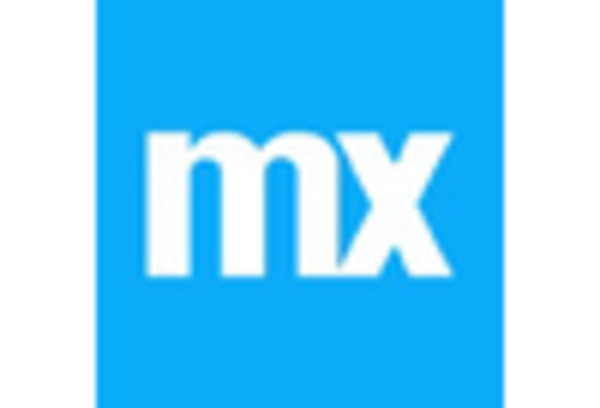

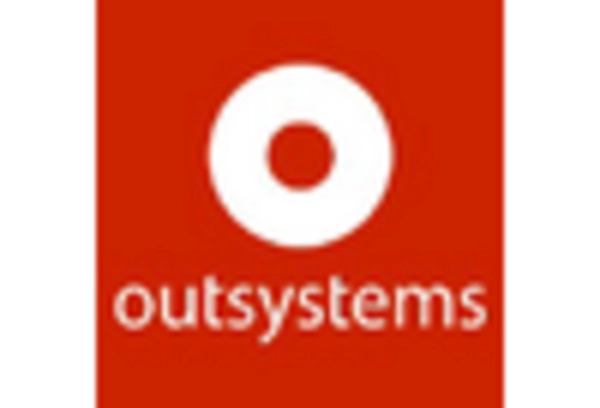
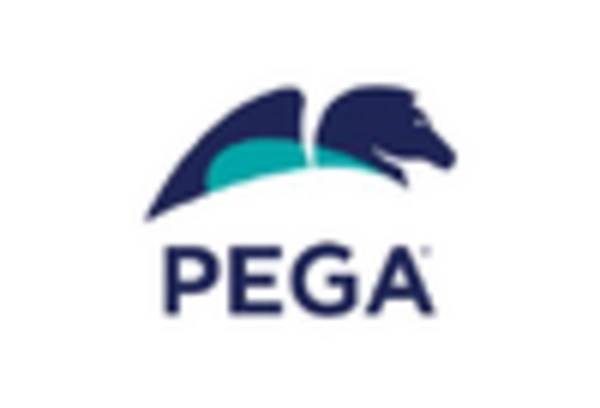
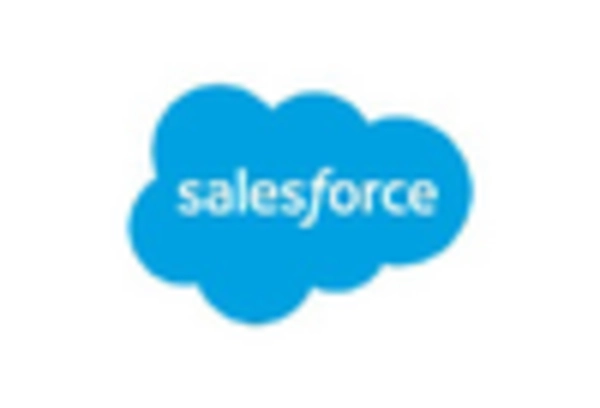








Leave a Comment